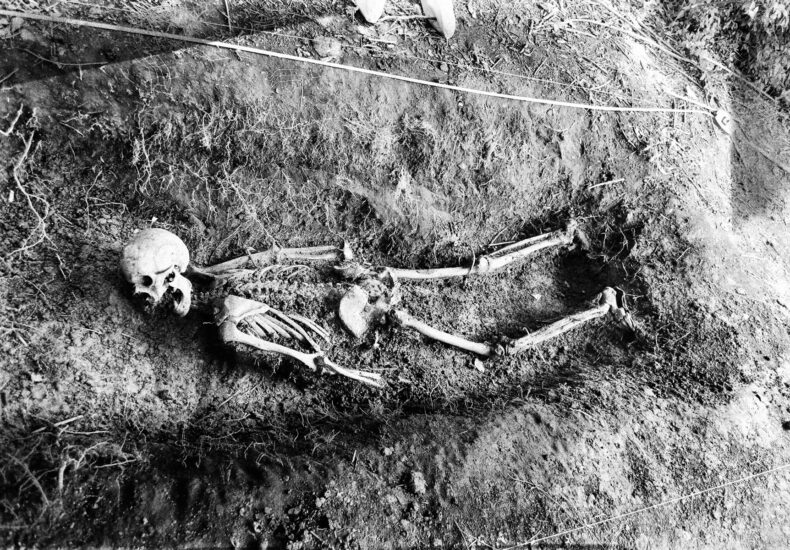
Body Farms & Human Decomposition Studies: The Science Behind Decay
Let’s be honest—death is the great taboo. We fear it, we avoid it, and we certainly don’t want to talk about what happens to our bodies once the lights go out. But for scientists working in the field of forensic anthropology, understanding human decomposition isn’t just macabre curiosity—it’s essential. Enter the world of body farms, research facilities where donated human corpses are studied as they decompose under various conditions. Sounds grim? Maybe. But these facilities are revolutionising forensic science, solving real-world crimes, and changing the way we understand death itself. Not quite a cemetery, but they deserve a place here.
🔺 Trigger Warning: Graphic Content
This post contains images related to human decomposition, forensic research, and body farms. While intended for educational and scientific purposes, some readers may find the content disturbing or unsettling. Viewer discretion is advised.
Contents
- What Is a Body Farm?
- Why Study Decomposition?
- The Four Main Stages of Human Decomposition
- Environmental Factors That Affect Decomposition
- Insects: Nature’s Forensic Assistants
- Technology at the Body Farm
- Ethical Considerations: Who Donates Their Body—and Why?
- Body Farms in Criminal Justice: Real-World Impact
- Bottom Line
- FAQs
What Is a Body Farm?
A body farm—officially known as a human decomposition research facility—is a controlled environment where researchers study how human bodies break down postmortem. The term was popularised by crime novelist Patricia Cornwell, but the concept is grounded in rigorous science. These farms exist to replicate a wide variety of death scenarios—from a shallow grave in a woodland area to a corpse exposed to the elements in a sunny field.
The first body farm was established in 1981 by Dr. William Bass at the University of Tennessee in Knoxville. Today, there are several such facilities across the United States, including in Texas, Colorado, and North Carolina, with others popping up in Australia and the Netherlands.
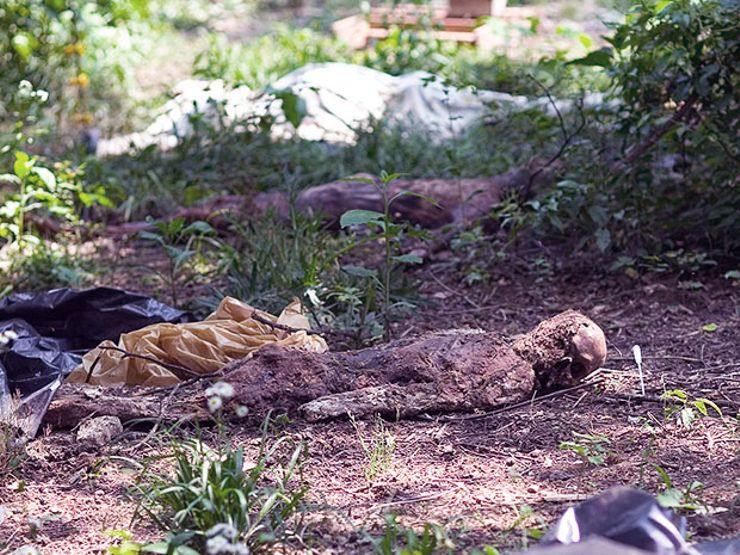
Why Study Decomposition?
You might wonder—why go to all this trouble? Can’t we just leave the dead alone? But in forensic science, understanding the timeline and environmental impact of decomposition is crucial for criminal investigations. By studying the stages of decay, scientists can estimate the postmortem interval (PMI)—that’s forensic speak for “how long the person has been dead.”
From homicide investigations to disaster victim identification, this knowledge helps law enforcement crack cold cases and bring closure to grieving families. Body farms offer a real-time, real-body alternative to animal proxies or theoretical models. And let’s be honest—nothing beats the real thing when it comes to science.
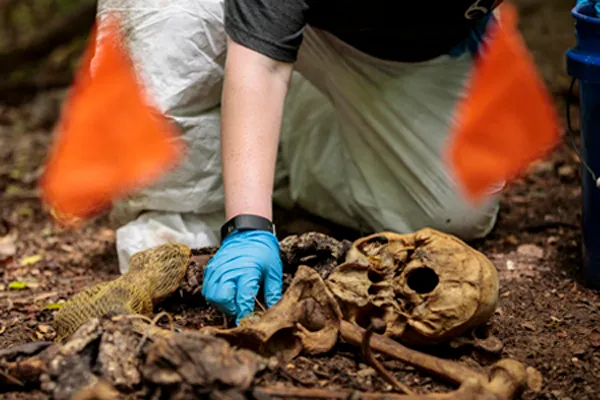
Photo by Steven Bridges/University of Tennessee.
The Four Main Stages of Human Decomposition
1. Fresh Stage (0–3 days)
The moment the heart stops beating, the body begins to shut down. Oxygen-deprived cells die, and enzymes start the self-digestion process—yes, you essentially begin to eat yourself from the inside out. This is also when rigor mortis sets in, stiffening the muscles.
2. Bloat Stage (3–5 days)
Gas produced by bacteria in the gut causes the body to bloat like a balloon. The skin may discolour, and there’s often a strong, putrid odor. At this stage, flies and other insects begin to colonise the body.
3. Active Decay (5–10 days)
Tissues liquefy. Insect activity peaks. Fluids seep into the surrounding soil. This stage is a veritable buffet for insects, bacteria, and fungi. The body may collapse in on itself as internal organs break down.
4. Skeletonisation (10+ days)
Eventually, soft tissues disappear, and only the bones remain. Depending on environmental conditions, this can take weeks or months. Temperature, moisture, and access to scavengers all affect the rate of decomposition.
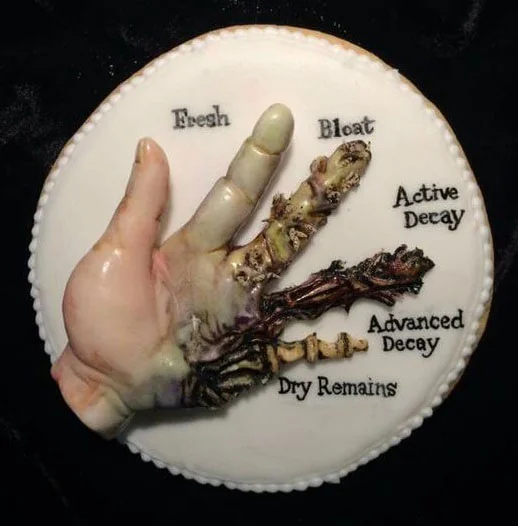
Environmental Factors That Affect Decomposition
Think of decomposition as a recipe—it needs the right ingredients and conditions. Body farms help identify how these variables interact:
- Temperature: Warmer climates speed up decay; cold slows it down.
- Humidity: Moist environments foster faster bacterial and fungal growth.
- Scavenger Access: Animals like vultures or coyotes can drastically alter decomposition.
- Soil Acidity: This affects how quickly remains break down underground.
- Sunlight vs. Shade: UV radiation and exposure play roles in tissue breakdown.
By manipulating these factors, researchers can mimic specific death scenarios. Want to know how long a body left in a car trunk decomposes? There’s a study for that.
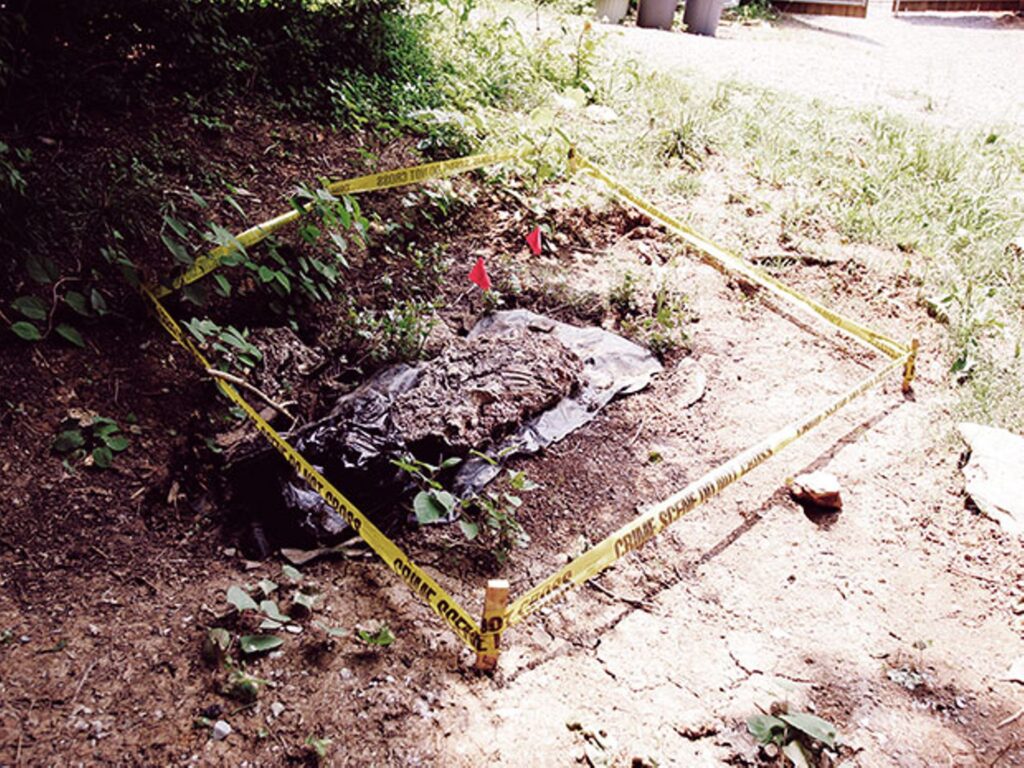
Insects: Nature’s Forensic Assistants
It might sound gross, but insects are invaluable in forensic science. Blowflies are usually the first to arrive, laying eggs that hatch into maggots. These maggots feed on decaying flesh and develop in predictable stages, which allows scientists to estimate time since death with surprising accuracy.
Entomologists work alongside forensic pathologists to track insect colonisation. This field, known as forensic entomology, provides another layer of data to determine PMI, especially in cases where the body is badly decomposed.
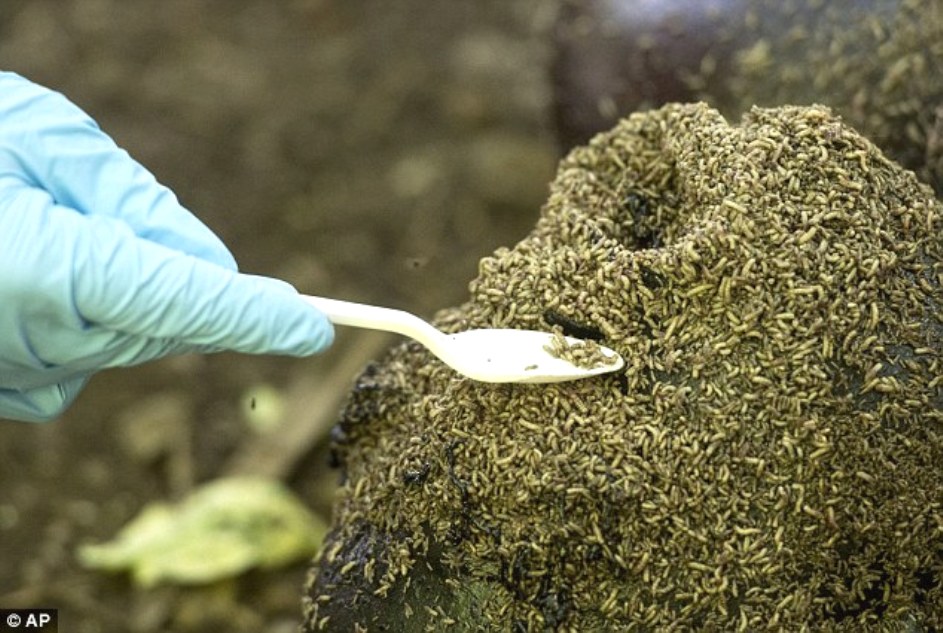
Photo originally posted on The Horror Zine
Technology at the Body Farm
Forget pitchforks and test tubes—modern body farms are high-tech operations. Researchers use 3D imaging, drones, thermal cameras, and chemical analysis to gather data without disturbing the remains. Geographic Information Systems (GIS) are employed to map cadaver locations and track decomposition patterns.
Biochemical sensors monitor volatile organic compounds (VOCs) emitted during decay, helping refine scent detection training for cadaver dogs. Some farms even collaborate with AI researchers to develop predictive decomposition models.
Ethical Considerations: Who Donates Their Body—and Why?
Donating one’s body to a decomposition facility might seem unthinkable to some, but it’s a meaningful decision for many. Donors often view it as their final contribution to science. Body farms operate under strict ethical guidelines: consent must be given prior to death, and families are informed of the research process.
Some facilities allow family members to visit memorial walls or ceremonies in honour of the deceased. It’s science rooted in respect.

Body Farms in Criminal Justice: Real-World Impact
The practical applications of body farm research are staggering. Findings have helped:
- Estimate time of death in homicide cases
- Train law enforcement in crime scene preservation
- Improve the accuracy of forensic reconstructions
- Develop better scent detection methods for search-and-rescue missions
In many ways, these farms are silent allies in the pursuit of justice. Each decomposing body is a teacher, offering lessons that living experts couldn’t replicate otherwise.
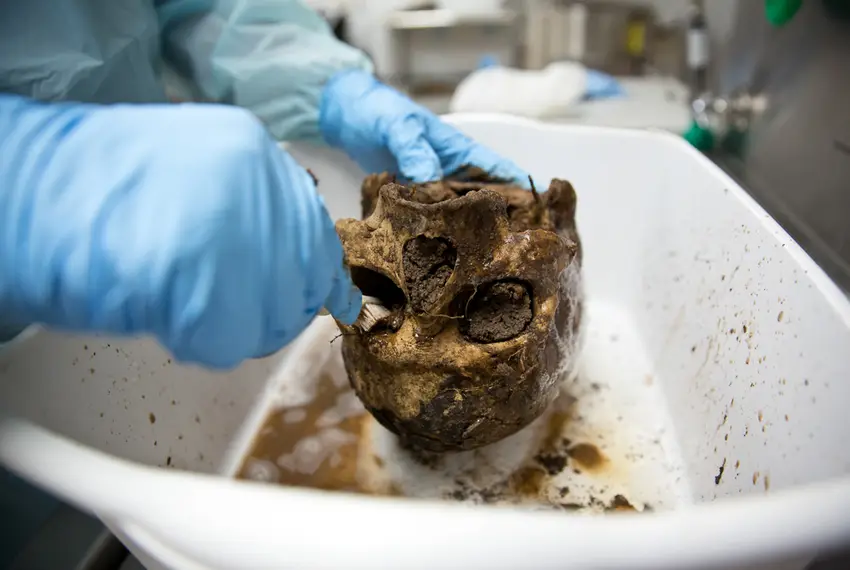
Photo by Callie Richmond
Bottom Line
Body farms may dwell in the shadows of society, but their impact radiates far and wide. What begins as decay transforms into data—data that cracks cases, educates investigators, and advances science. Though it might sound like the stuff of horror novels, these facilities are rooted in purpose, precision, and progress.
So the next time you catch yourself grimacing at the thought of rot and ruin, remember: every decomposing body at a research facility is working silently to make the world a little more just, a little more informed—and a lot more prepared to confront the mysteries of death.
FAQs
No. Due to ethical and privacy concerns, these facilities are not open for public tours. They are strictly used for scientific research.
Generally, yes—provided the facility accepts the donor and consent paperwork is completed in advance. Some exclusions apply, such as infectious diseases or extreme obesity.
As of now, there are around 7 in the U.S., with others in Australia, the Netherlands, and the U.K. More are in development as interest and funding grow.
No. Embalming halts decomposition, so all bodies used are unembalmed to allow natural processes to occur.
This varies depending on the study. Some may remain for a few weeks, others for years until full skeletonisation occurs.

Leave a Reply